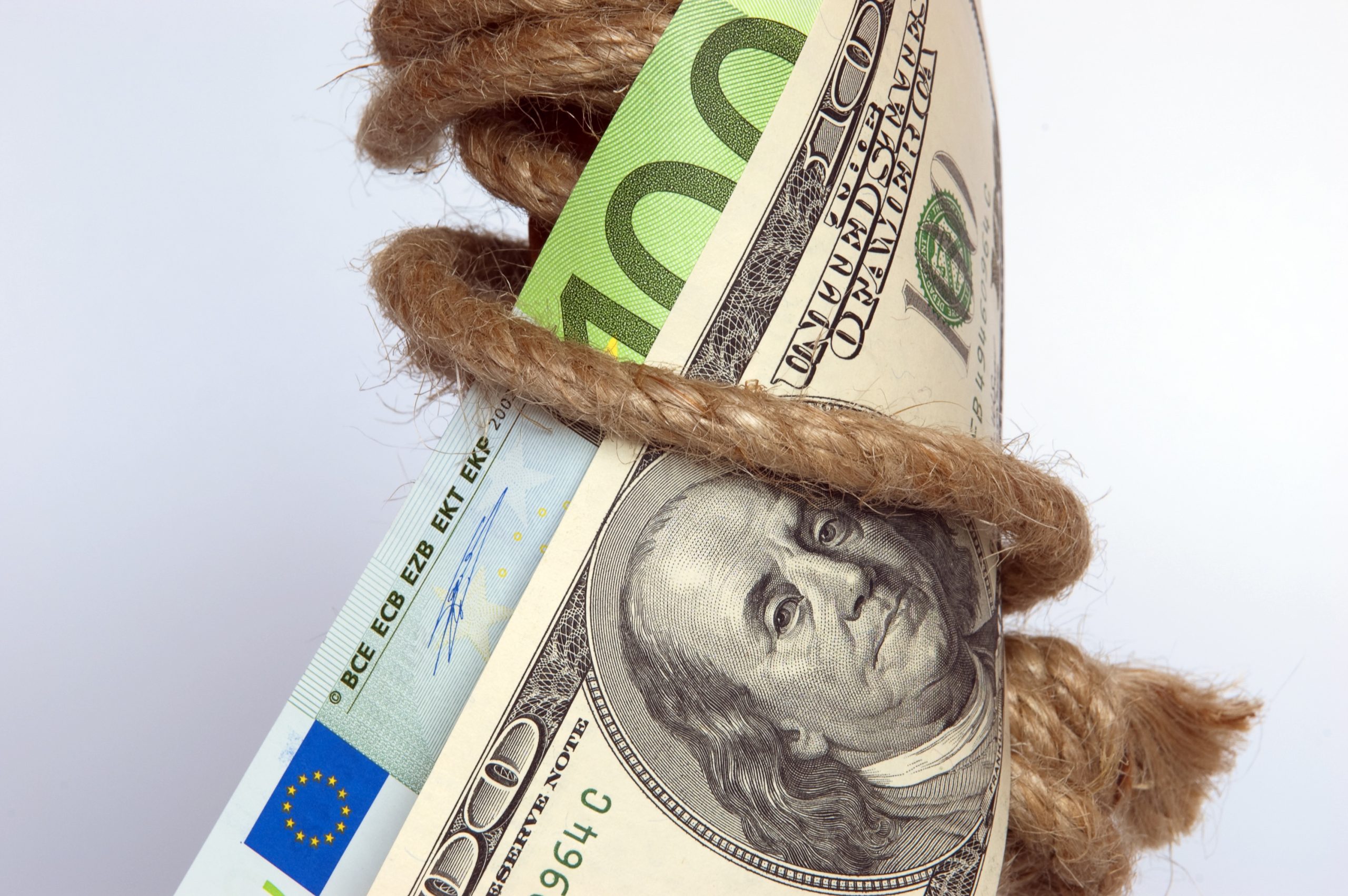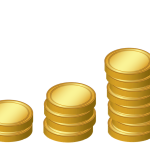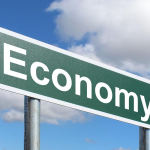One of the reasons that a person is reluctant to invest is because he or she is still deep in debt. Debts are very debilitating — although, of course, some of them are a result of an urgent necessity.
In other words, debts can take a huge chunk out of your monthly income that you could have otherwise saved. It’s easy to see why people are discouraged from investing when they have debts to take care of.
However, investing while deep in debt is not impossible. You just need to exercise a few “techniques” in order for you to be able to have a form of passive income on the side that can give you something to ease your load with while settling your obligations.
Tip #1 – Settle Strategically
There are many kinds of debts, and each of them carries a specific weight in priorities. For instance, high interest rates like credit card purchases go high in the food chain. They should be settled first before you even begin to make moves to create a portfolio.
Low-interest rates and tax-deductible rates, on the other hand, are the types of debts that you can deal with and still be able to invest. When we talk about settling strategically, it simply means that you settle debts in the order through which you can free some extra money that you can use for investing.
Let’s say you have 2 debts. One has an interest rate of 6% and a monthly payment of $100, while the other one requires you to settle $80 per month at an interest rate of 10%.
Now, let’s say you’ve been lucky enough to score a break and you get cash enough to pay off the balance of only one of the two debts. Which one do you choose?
You choose the one with the higher monthly payments. You think not about the interest this time, but about how much money is freed from your cash flow. Settling the $100 per month debt will give you $100 of free cash every month, which you can then use to invest.
Tip #2 – Diversify Your Investments
When you’re an investor, you’d always hear the line, “Don’t put all your eggs in one basket.”
In investing parlance, it simply means dividing your investment money into different investment vehicles. For instance, you should invest at a low-risk, medium yield investment vehicle while, at the same time, putting money into high risk, high return financial instruments.
The wisdom in that is to hedge yourself against losses. Because there is high return, there’s also the risk of high losses if your investment goes downhill. However, your losses are offset by your steady gains on the medium-yield investment that you made.
When your portfolio is reflecting good returns, you can have more money to add to your capability to pay off your debts. As long as you invest majority of the money that you’ve freed every month, you’re on your way to financial independence even though you still got obligations to settle.
Being in debt is not an excuse not to invest. You simply have to know what you’re doing in order to be able to do so.
Want more articles like this? Check our Blog site.
Photo credit : pxhere.com






